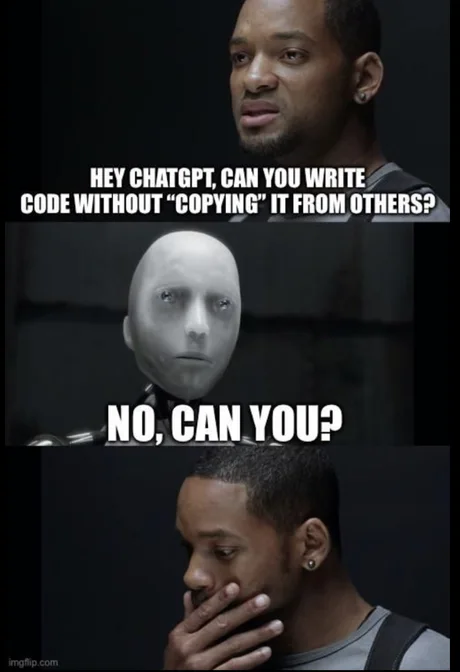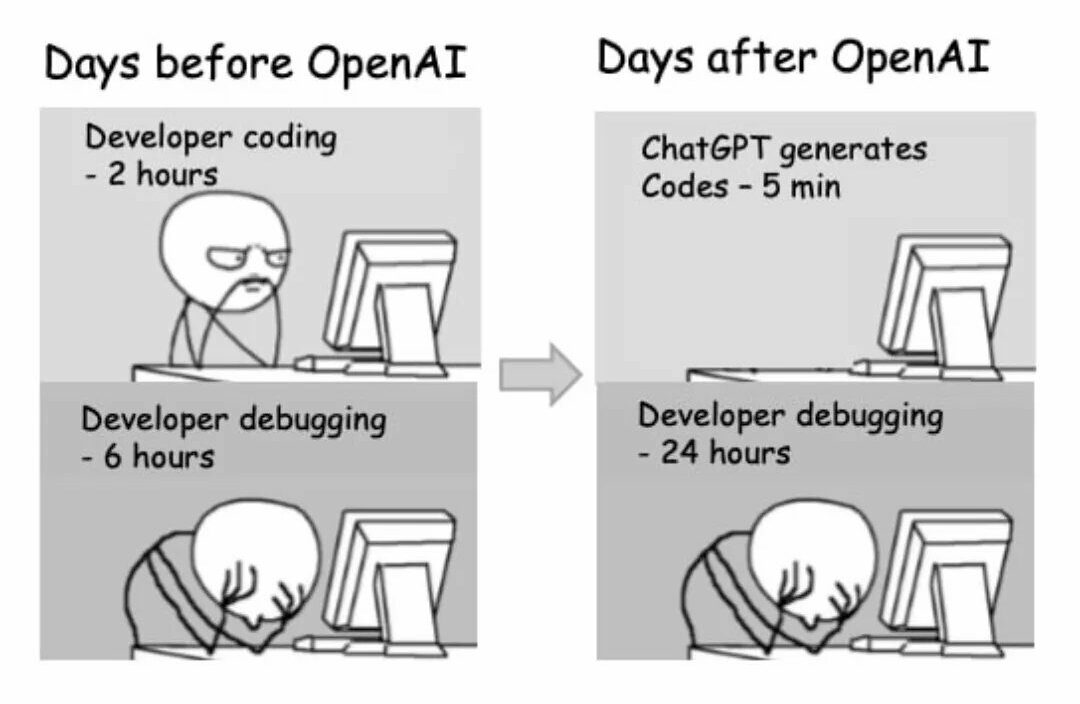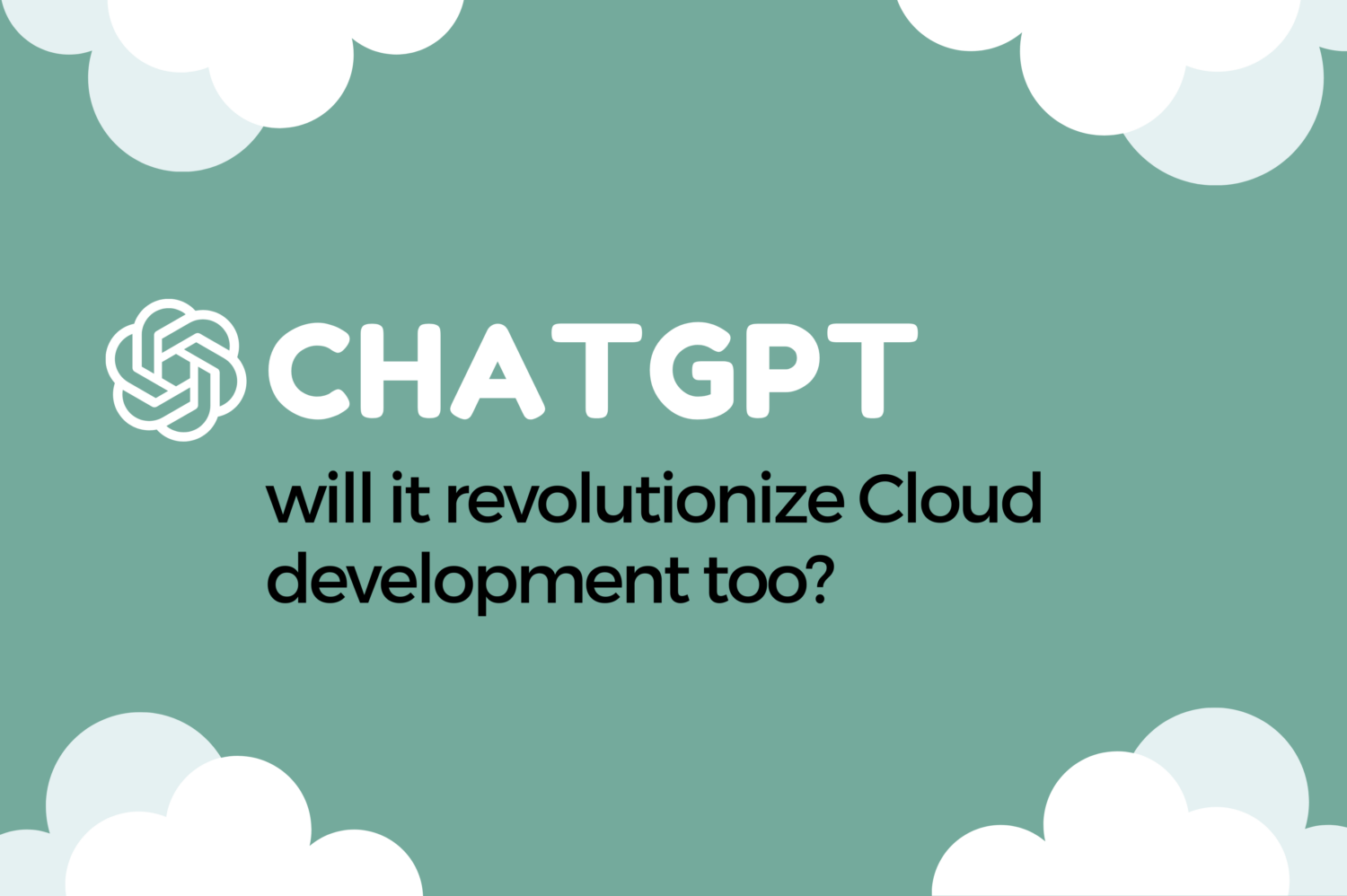Is ChatGPT here to revolutionize Cloud development too?
First, a quick introduction to ChatGPT
ChatGPT is a powerful language model developed by OpenAI that can perform a wide range of tasks related to natural language processing (NLP). It is trained on massive sets of text data, allowing it to understand and generate human-like responses to a variety of queries.
Its most recent update has made it even more approachable by introducing the concept of “generative AI”, which presents an interface that allows users to interact with the artificial intelligence conversationally.
One of the key features of ChatGPT is its ability to understand and respond to natural language queries. This means that users can interact with ChatGPT in a way that feels natural, without needing to use specialized commands or syntax. ChatGPT can understand complex sentences and can even handle multi-turn conversations, making it an ideal tool for a wide range of applications.
ChatGPT top 10 applications
- Customer Service: answers customer inquiries and provide support 24/7.
- Language Translation: translates languages in real-time, making it an ideal tool for communication between individuals who speak different languages.
- Personal Assistant: helps manage tasks, schedule appointments, and provide reminders.
- Mental Health Assistance: it can provide support and resources to individuals who are struggling with mental health issues.
- Educational Applications: provides personalized learning experiences for students and answers questions in real-time.
- Virtual Shopping Assistant: it can help customers find products, answer questions about products, and provide recommendations.
- Chatbot: it can be used as a chatbot to automate customer support, sales, and other business processes.
- Social Media: it can be used to analyze social media data and provide insights to businesses and individuals.
- Personalized Marketing: ChatGPT can be used to provide personalized marketing experiences to customers based on their preferences and behavior.
- Content Creation: it can generate content for websites, blogs, and social media platforms.
Can you guess if this blog post was created using ChatGPT’s help?
The impact of ChatGPT on Cloud
As the world becomes more connected and data-driven, businesses are turning to the cloud to store, manage, and analyze their data. With the increasing complexity of cloud infrastructure, ChatGPT sounds like a promising way in which developers can profit from to find new ways to streamline their workflows, reduce errors, and improve the user experience.
But, is ChatGPT really going to mark the beginning of the new era of software creation? Opinions are certainly polarized in regard to this topic. As revolutionary as it may sound, it does not come without drawbacks and risks such as the possibility of flawed and unchecked code that could make its way into production or the fear of job elimination.
Let’s take a look at some of the applications of ChatGPT:
1. Chatbots and Virtual Assistants
One of the most popular applications of ChatGPT is in the development of chatbots and virtual assistants. These tools can be integrated into cloud applications to provide users with a more natural way to interact with the system. Chatbots can help users find information, troubleshoot issues, and even place orders, all through a simple text-based interface.
By using ChatGPT, developers can create chatbots that are more sophisticated and capable of handling complex queries. For example, a chatbot for an e-commerce website could use ChatGPT to generate personalized product recommendations based on a user’s past purchases and browsing history.
2. Natural Language Processing
Another area where ChatGPT can be useful for cloud developers is in natural language processing (NLP). NLP is a field of artificial intelligence that focuses on the interaction between computers and human language. With ChatGPT, developers can build more accurate and efficient NLP models that can be used for a variety of tasks, such as sentiment analysis, language translation, and voice recognition.
ChatGPT can be trained on large datasets of text to learn the nuances of human language and generate responses that are contextually relevant. This can help developers create more natural and engaging user interfaces, and improve the accuracy of NLP models.
3. Code Completion
ChatGPT can also be used to improve code completion in cloud development environments. Code completion is a feature in many text editors and integrated development environments (IDEs) that suggests code snippets based on the context of the code being written. By using ChatGPT, developers can create more accurate and intelligent code completion tools that can suggest code snippets based on the user’s intent and the context of the code.
This can help developers save time and reduce errors by automating the process of writing code. For example, a code completion tool using ChatGPT could suggest the most appropriate function or variable names based on the current context, or even generate boilerplate code for common tasks in different programming languages.
4. Automated Testing
ChatGPT can be used to improve automated testing in cloud development. Automated testing is the process of using software tools to test software applications automatically. By using ChatGPT, developers can create more sophisticated test cases that can simulate real-world scenarios and identify potential issues before they arise.
For example, a testing tool using ChatGPT could simulate user interactions with a cloud application to identify potential issues with the user interface or underlying infrastructure. This can help developers ensure that their applications are reliable and performant, and reduce the time and cost of manual testing.

Does this play a role in the cloud-migration process?
One of the reasons why organizations do not adopt automated testing is that it can be a wary process due to the amount of test scenarios and test cases that have to be generated for this.
ChatGPT can help to generate these scenarios and test cases that can be used to validate the migration process and identify possible issues in the process. This can make the migration a lot easier. It plays a role in the successful completion of the migration process and ensures that the new cloud-native application is stable and delivering to the SLAs.
Microsoft and ChatGPT
When it comes to the AI race, many companies including Microsoft, Google, Alphabet Inc., Amazon.com Inc., Meta Platforms Inc. and even Elon Musk are competing against each other to dominate the field.
Microsoft definitely leads the race, having invested $10 billion in OpenAI, which should give it access to some of the most popular and advanced artificial intelligence systems. OpenAI revealed that it uses Microsoft’s cloud-based service Azure to train all of its models and that Azure will remain the exclusive cloud provider for OpenAI for the future.
Furthermore, in February, Microsoft integrated the chatbot ChatGPT into its search engine Bing. Since then, Bing has had a massive increase not only in daily active users (DAUs) but also in daily searches, putting Bing back into search engine competition.
Currently GPT-3 powers ChatGPT and other technologies that provide only text-based responses. And with the upcoming release announced by Microsoft, GPT-4 should receive multimodal capabilities, meaning it will be capable of translating text not only accordingly into images, but also into music and video. It seems like Microsoft is bringing its A-game and not giving its competitors a break.
Conclusion
ChatGPT is a very powerful technology that has many applications for cloud development and even infrastructure. By leveraging its natural language generation capabilities, developers can create more natural and engaging user interfaces, improve the accuracy of NLP models, and automate tasks such as code completion and testing. As the field of AI continues to evolve, it is likely that ChatGPT will become an increasingly important tool for cloud developers looking to streamline.
As for the fear of job elimination, AI per se will not necessarily take the job of a developer, but learning about AI is a must to stay relevant and up to date with the ever evolving technologies.


